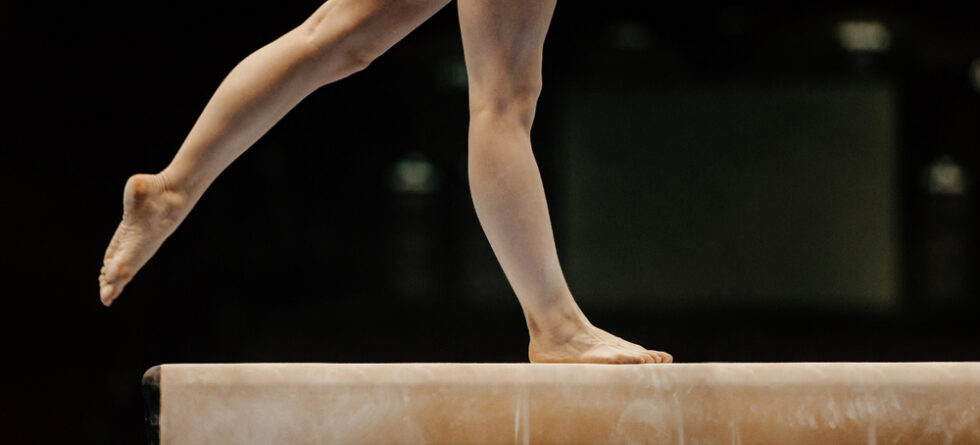Gymnastics, celebrated for its grace, strength, and agility, also brings with it a higher risk of injury compared to some other sports. This discipline demands extreme physical exertion, pushing athletes to their limits. Today, we delve into the injury rates within gymnastics, examining how these rates vary by competition level, gender, and gymnastics discipline, and what can be done to mitigate these risks.
The Injury Landscape in Gymnastics
The nature of gymnastics involves complex, high-impact movements that place athletes at a significant risk of injury. From sprains and strains to more severe injuries like fractures and ligament tears, the spectrum of potential injuries is wide. The injury rate is not uniform across all practitioners of the sport.
Variations by Level and Gender
- Elite vs. Recreational – Elite gymnasts tend to experience a higher rate of injury due to the intensity of their training regimes and the complexity of their performances. In contrast, recreational gymnasts might face fewer injuries, but are still at risk due to the technical demands of even basic gymnastic movements.
- Gender Differences – Male and female gymnasts often compete in different events, which can lead to variations in the types of injuries experienced. For instance, male gymnasts may experience more upper body injuries due to events like the rings and parallel bars, while female gymnasts often suffer from lower body injuries, partly due to the impact of dismounts and landings.
Age as a Factor
Young gymnasts are particularly susceptible to specific injuries, including growth plate injuries, due to the physical demands of gymnastics on developing bodies. It underscores the importance of tailored training and preventive measures for younger athletes.
Prevention Strategies
Preventing injuries in gymnastics requires a multi-faceted approach, focusing on proper technique, conditioning, and recovery.
- Emphasizing Correct Technique – Coaches and trainers must ensure that gymnasts learn and practice with the correct form to minimize undue stress on their bodies.
- Comprehensive Conditioning – A balanced conditioning program that builds strength, flexibility, and endurance is important for injury prevention. It prepares the body for the rigors of gymnastic routines, reducing the risk of muscle overuse and strain.
- Adequate Rest and Recovery – Ensuring that gymnasts have enough rest between training sessions and competitions is critical to prevent overuse injuries. Recovery protocols, including proper nutrition and hydration, play a vital role in maintaining athletes’ health.
- Safety in Training Environments – Utilizing appropriate safety equipment and ensuring that training facilities adhere to high standards can significantly reduce the risk of accidents leading to injuries.
While the intrinsic risks of gymnastics cannot be eliminated, understanding the factors that influence injury rates and implementing effective prevention strategies can significantly mitigate these risks. For gymnasts, coaches, and parents, being informed and vigilant about training practices, recovery, and safety measures is key to fostering a safe and productive gymnastics experience.




